Meat grinders are becoming increasingly popular not only in restaurants, but also in home kitchens, which should not come as a surprise considering their wide scope of potential uses. They are perfect for preparing breadcrumbs, cheese for cheesecakes, poppy seeds for poppy seed cakes and much, much more. You will find many models on the market, with different parameters and various functions. So how can you choose a meat grinder that will be best suited to your needs?

Meat grinders are becoming increasingly popular not only in restaurants, but also in home kitchens, which should not come as a surprise considering their wide scope of potential uses. They are perfect for preparing breadcrumbs, cheese for cheesecakes, poppy seeds for poppy seed cakes and much, much more. You will find many models on the market, with different parameters and various functions. So how can you choose a meat grinder that will be best suited to your needs?
Electric or manual grinder– which one should you choose?
A common feature of all meat grinders is their basic functionality. Meat or any other ingredient is inserted into the hopper, the auger moves it closer to the knife, which then grinds it into shreds. The minced product then leaves the machine through the grinding plate. Differences can concern how it is powered, its construction and also its performance. In general there are two types:
- Manual grinders – hard to find any more, but still used in many homes. As the name suggests, the auger is powered manually with a rotating crank. Manual machines are attached to the edge of a worktop or table with special clamps. The main advantage is that you don’t need a power supply. On the other hand, extensive use can be very tiring, and grinding large portions or tough ingredients can therefore be time consuming. In addition, the clamps are not always stable and often damage the surface of the worktop.
- Electric grinders – in these machines the auger is powered by an electric motor, so using one only requires you to overlook the grinding process, and of course add further pieces of meat into the hopper. The whole process is much faster and more efficient than with a traditional grinder. Additionally, it does not need to be fixed to the surface, so you simply need to place it on a table and start using it. There are different versions equipped with accessories for jobs other than grinding, such as stuffing sausages or shredding vegetables. The only downside is that you need to connect it to a power outlet.
The choice largely depends on how much meat you intend to mince. If you only need small portions for Sunday lunch from time to time then a manual grinder should be fine. Electric models, on the other hand, will not only be great at home, but will also come in handy in restaurants. Commercial machines used in the catering industry usually have much better performance than those used at home.
What to look for in a meat grinder?
There are a few important things to bear in mind when choosing the ideal meat grinder. The most important are undoubtedly the performance and efficiency of the machine. You should also pay attention to the material which the machine is made of and to its stability when in use. Other aspects influencing your choice could be the accessories included in the set, as well as additional functions improving the quality of the meat mincing process. Why are these features the most important?
- Performance – as you can probably guess, the higher the power, the better the performance. This aspect will determine how well the machine will deal with ingredients that are hard and difficult to grind. It is also important in the long-run, as better performance means that the engine will not overheat even after many hours of grinding. A common opinion is that an electric meat grinder should have at least 500 watts.
- Efficiency – this refers to how many kilogrammes the machine is able to grind per minute or hour. Higher efficiency allows you to process large portions of meat in a shorter time, which is certainly an advantage for a professional caterer. It will also result in the machine being more economical, as more efficient grinders will be in use for a shorter amount of time.
- The material used – this is very important in the case of each element, and could determine the working life of the product as a whole. In this respect, the most important parts are those that are in direct contact with the ingredients you will be grinding. Among them are the body consisting of the gorge and the feeder. It should be made of durable metal, capable of withstanding strong pressure. The knives and cutting plate, on the other hand, should be made of a rust and water-resistant material. Stainless steel is the best option, as it combines all these features and is also safe for your health. As for the casing, depending on the type of machine it could be plastic or metal. If the machine is intended for private use then plastic will make the machine lighter, although it will also increase the risk of breakage, which could risk you needing to buy a new machine. Metal casings are much more durable, which is why such models are mainly used in restaurants. They are also much heavier, and are usually permanently installed in the same place in restaurant kitchens.
- Stability – when in use, grinders usually vibrate and can move across the kitchen worktop. They should therefore have special non-slip rubber feet, which not only absorb shocks, but also prevent uncontrolled movement during use, and also protect the work surface from scratches. The vast majority of models available on the market have this option, but you can still find models lacking such basic elements.
- Grinder plates and accessories – each machine has at least two plates with different mesh sizes included. Their diameter determines what you can use them for. A fine mesh (Ø2,7-3 mm) is ideal e.g. for grinding poppy seeds. A diameter of 4-6 mm is suitable for most types of meat, cheese, vegetables and more. Plates with holes larger than 7 mm can be used, among others, for preparing sausage stuffing. Then there are so-called pre-cutters, which are used to cut meat into large pieces. Special trays are used to more conveniently put the ingredients into the gorge. A pusher is used to safely press the ingredients further down to the feeder. In addition, many manufacturers offer additional attachments, with allow you to use the grinder for other tasks. These can include shredding and grating vegetables, grating fruit, grinding coffee, squeezing juice, spinning pasta or cakes and filling sausages. They are usually used for home-kitchen grinders, as in professional kitchens you will usually have separate machines for such tasks.
- Speed control and reverse function – the possibility to set the grinding speed allows you to choose the appropriate speed for the ingredient you are grinding. The lower gears are suitable for tougher or rougher pieces. The whole process will take longer, but you can be sure that the product will be properly processed. The faster speeds are suitable for soft ingredients, and allow you to process the entire portion in a very short time. Some models also have a reverse gear, called a reverse function. It rotates the auger in the opposite direction, reversing the minced meat. This is a helpful option when the mechanism blocks due to a hard or rough piece of meat.
There are many aspects worth paying attention to when choosing the ideal meat grinder. However, if you are looking for efficient meat processing and durability, then you should remember the above mentioned points. Efficiency should be the most important one on your list.
How can you choose the right machine for your needs in terms of efficiency?
Choosing the optimal grinder from among the large choice with a different level of efficiency can be a tough nut to crack, even for professional chefs. You should therefore carefully consider how much minced meat you are going to need. If you get this wrong, then in the worst case scenario you will buy a meat grinder that will not cope with the amount of meat that needs grinding, requiring you to buy another machine.
Restaurants offering only 1 or 2 dishes with minced meat on their menu will only need a grinder with relatively low capacity. The RCFW 70-600ECO grinder by Royal Catering will work perfectly in this case. With an efficiency level of up to 70 kg/hour it is still pretty impressive, but far less impressive than the other machines offered by this manufacturer. However, it will be more than enough to prepare ingredients for dishes served in professional restaurants. In addition, the efficiency in relation to its compact size and low weight is a big advantage. In small kitchens, this will allow you to easily organise your catering equipment in a way that does not interfere with other tasks. A professional meat grinder that can be pulled out of the cupboard when needed could be a perfect solution.
Meat grinders such as the RCFW-300PRO, also by Royal Catering, are good for tougher jobs. With a capacity of 300 kg/h the machine is suitable for places serving mainly minced meat dishes, such as burger joints, which are becoming more and more popular. This kind of equipment will let you grind enough meat for 100 or even 200 burgers in just a few minutes. Remember, however, that the more efficient the machine, the bigger it will probably be. Commercial grinders with this level of efficiency are usually very heavy and rather large. They are kept in one place without the option of being moved around. On the other hand, heavy grinders also offer more stability. Their size is usually not an issue for restaurants specialising in hamburgers or spaghetti. In such places, the kitchen is usually prepared for large machines of this type.
Of course, there are also industrial meat grinders, with an output of up to 800 kg/h. These are mostly used at large butcher’s for mass production of minced meat. This doesn’t mean that they are not suitable for use in restaurant kitchens, although you have to take into account the fact that these machines really are very, very large. If you require this level of equipment, Royal Catering boasts the RCFW-800PRO+ meat grinder appropriate for professional meat processing.
What can you prepare from minced meat?
Minced meat is used in many ways in the catering industry. Traditional minced meat dishes are a common sight in many homes. In terms of international cuisine, popular dishes include hamburgers, Greek Mousssaka, Turkish Shish Kebabs or Georgian Chinkali dumplings. The most popular dish from minced meat, however, is definitely the Italian spaghetti Bolognese. It is easy to prepare and can be made by anyone. So what are the steps?
Let’s start with the sauce. You will need carrots, parsley, celery, onions, garlic, and of course, some chopped tomatoes. Wash, peel and cut all vegetables. Then heat a little olive oil in a pot and start frying all the ingredients, except the tomatoes and garlic, over a medium heat. Add a tablespoon of tomato paste and keep everything hot, stirring constantly. After a few minutes add a little bit brandy or broth, so that the caramelised vegetables move away from the bottom of the pan and add flavour to the rest of the ingredients. Then add the chopped tomatoes and pressed garlic and season with a little salt and pepper. Boil the vegetables over a low heat until they are completely soft. Throw in a few fresh basil leaves, then blend everything with a blender until smooth. To finish off, season the sauce with salt, pepper, a little bit of balsamic vinegar and sugar.
When it comes to choosing the meat, it’s best to go for beef, although a mixture with pork is also sometimes used. After grinding the meat, fry it on a hot frying pan with oil until all the water evaporates. In the meantime, add a few teaspoons of tomato paste and mix thoroughly. When all the liquids have evaporated, pour sweet cream into the pan to make it more creamy. Let the ingredients combine for several minutes, while cooking the pasta in salted water at the same time, until it is al dente.
Before serving the spaghetti Bolognese, put the portion of meat on a hot frying pan, pour the tomato sauce over it, and add a little butter, pasta and grated Parmesan cheese. Sprinkle everything with chopped parsley and serve it on a plate. Bon appetite!
Meat grinders. Are they worth it?
In order to answer this question, take into account your needs or those of your restaurant. Although in most food shops or butcher’s you will find ready-made ground meat, you cannot always be sure what’s really in it. A meat grinder will allow you to serve your customers dishes prepared from fresh and specially selected ingredients. The most important thing is to carefully consider which machine will suit your specific needs. The large number of available models with different performance levels means that you should easily find what you are looking for.
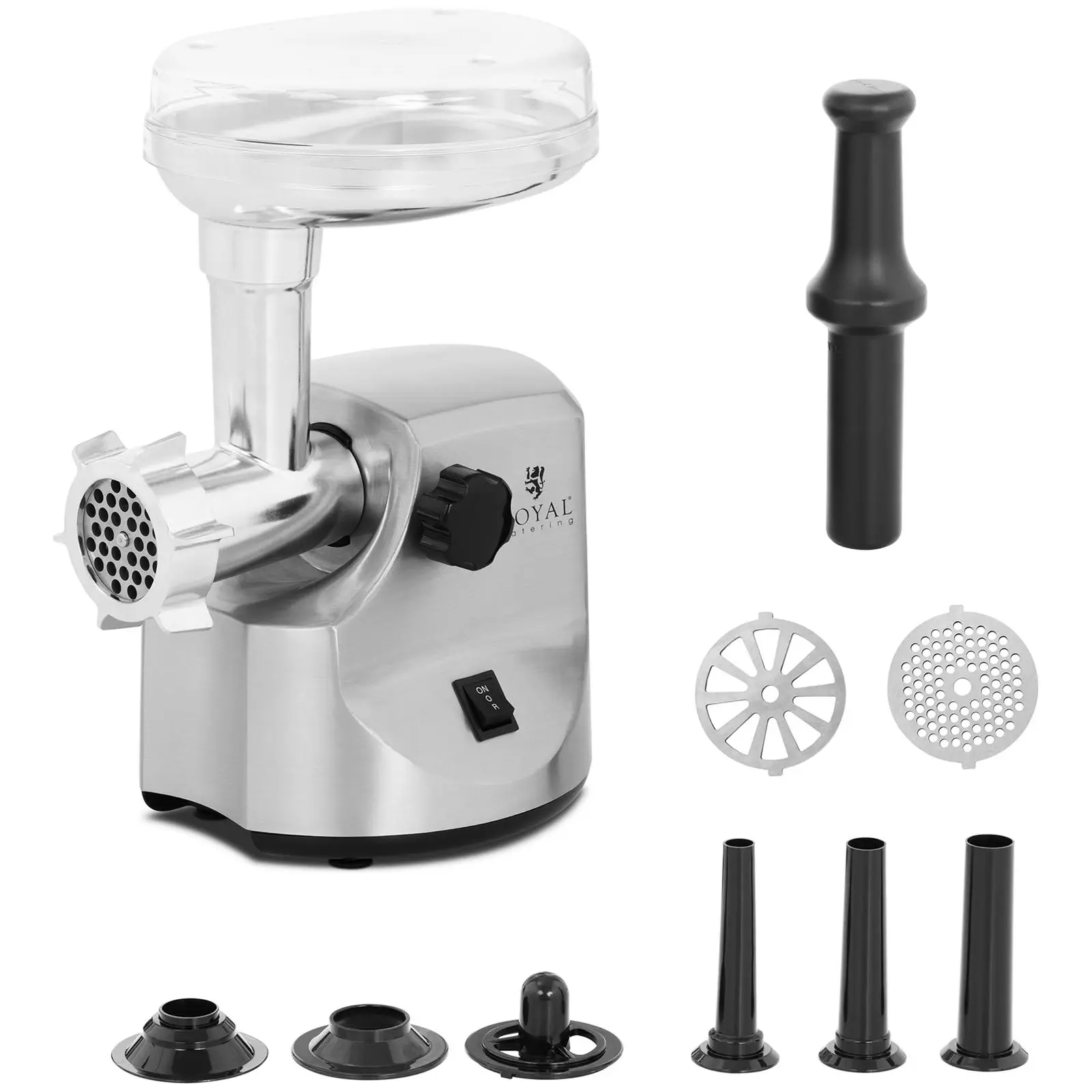
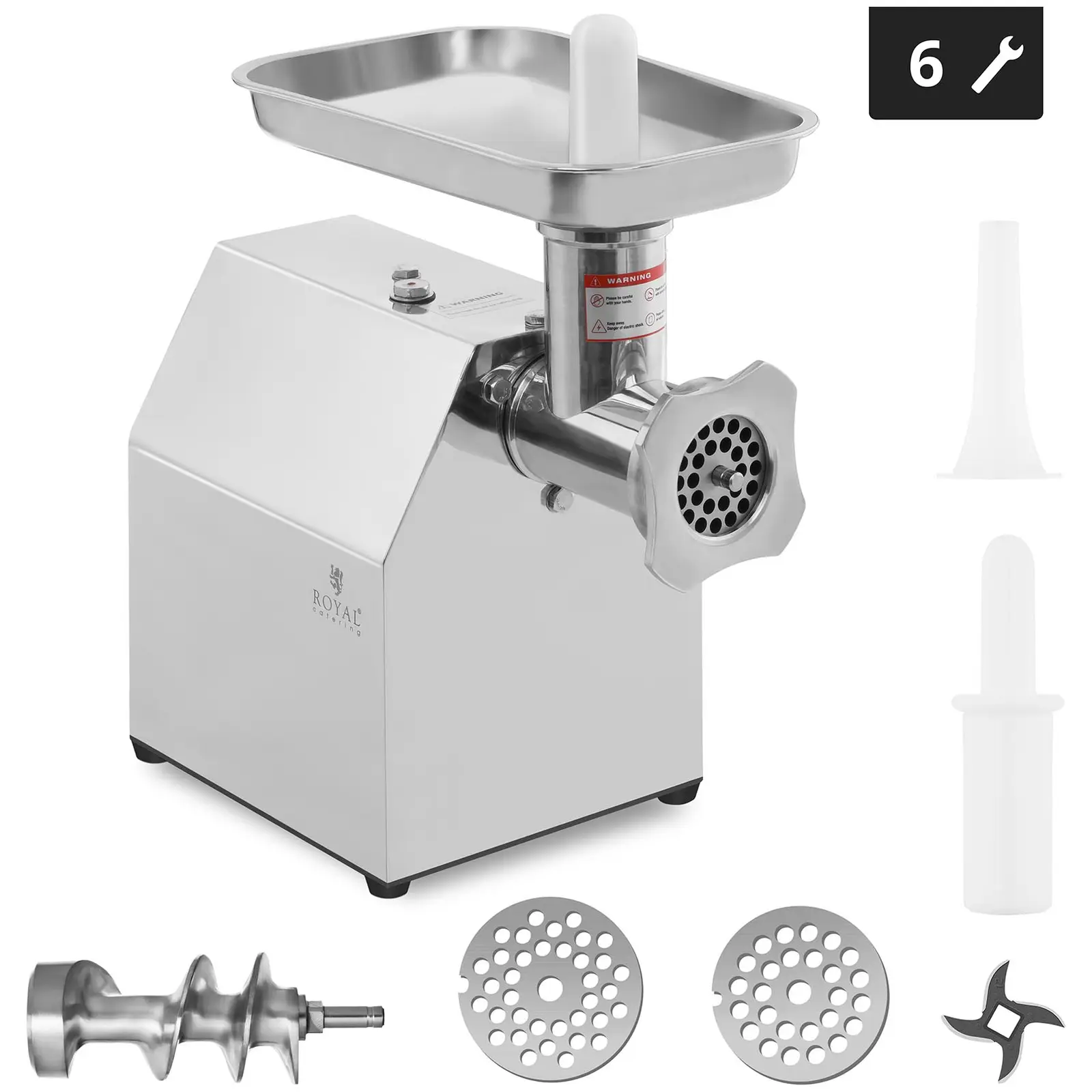
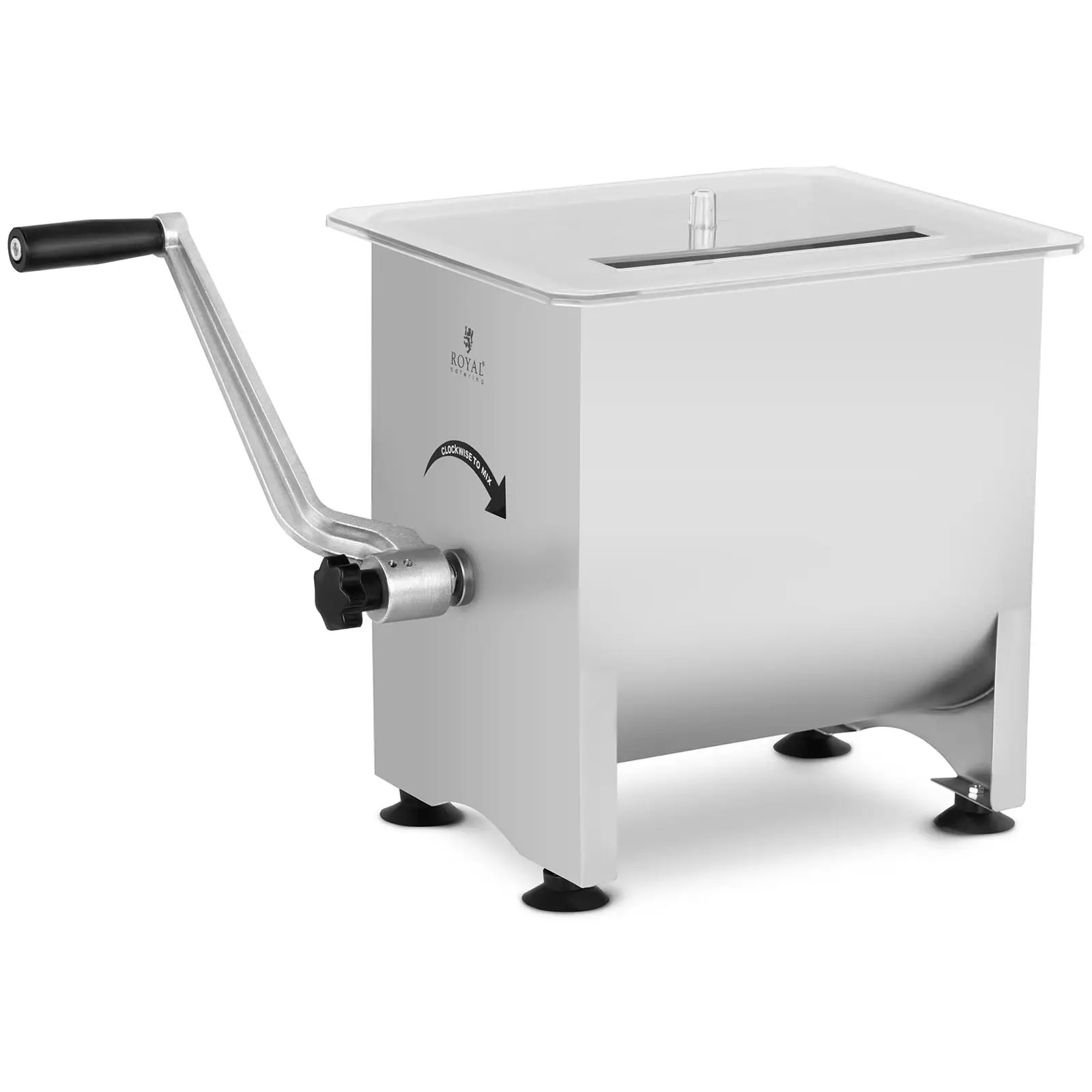
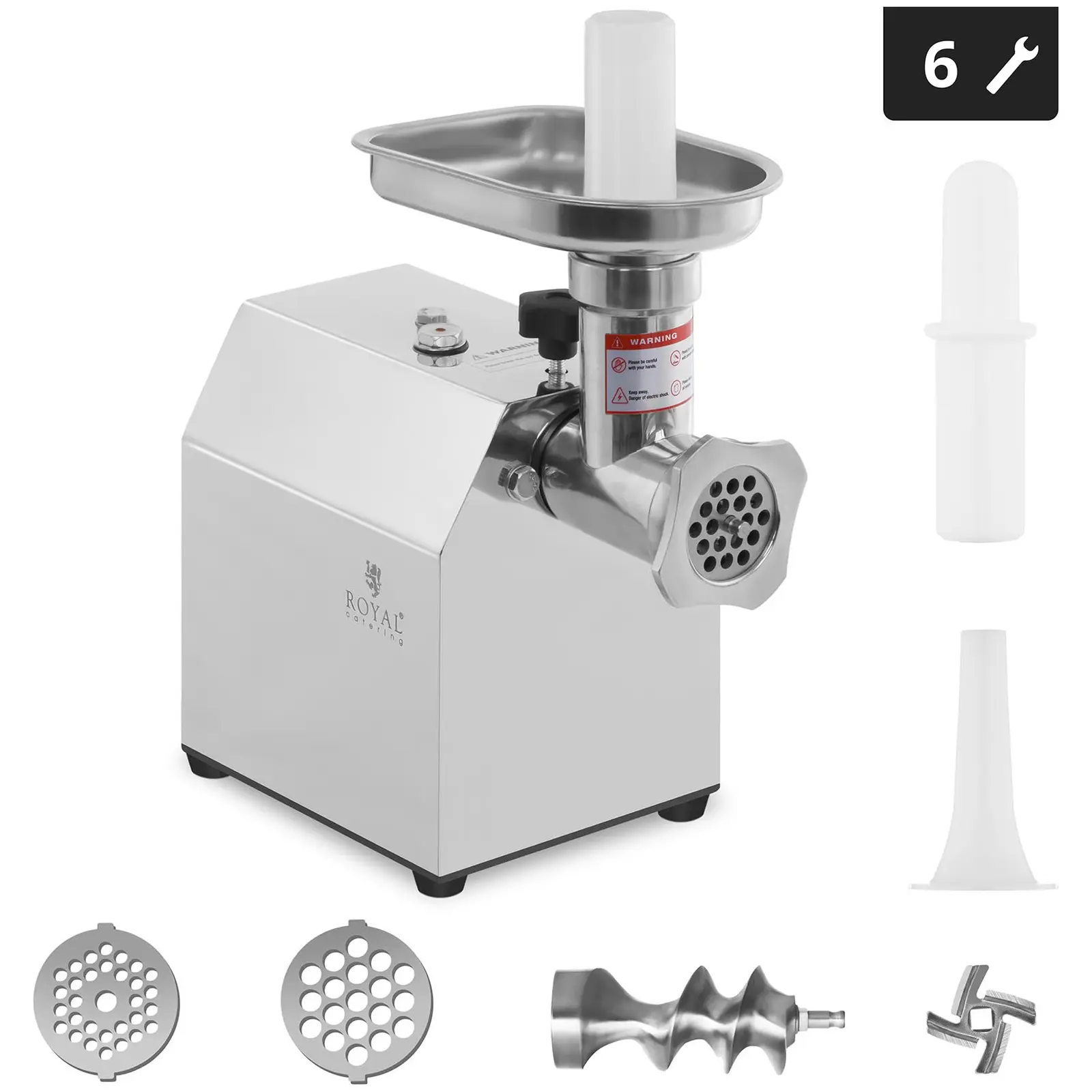
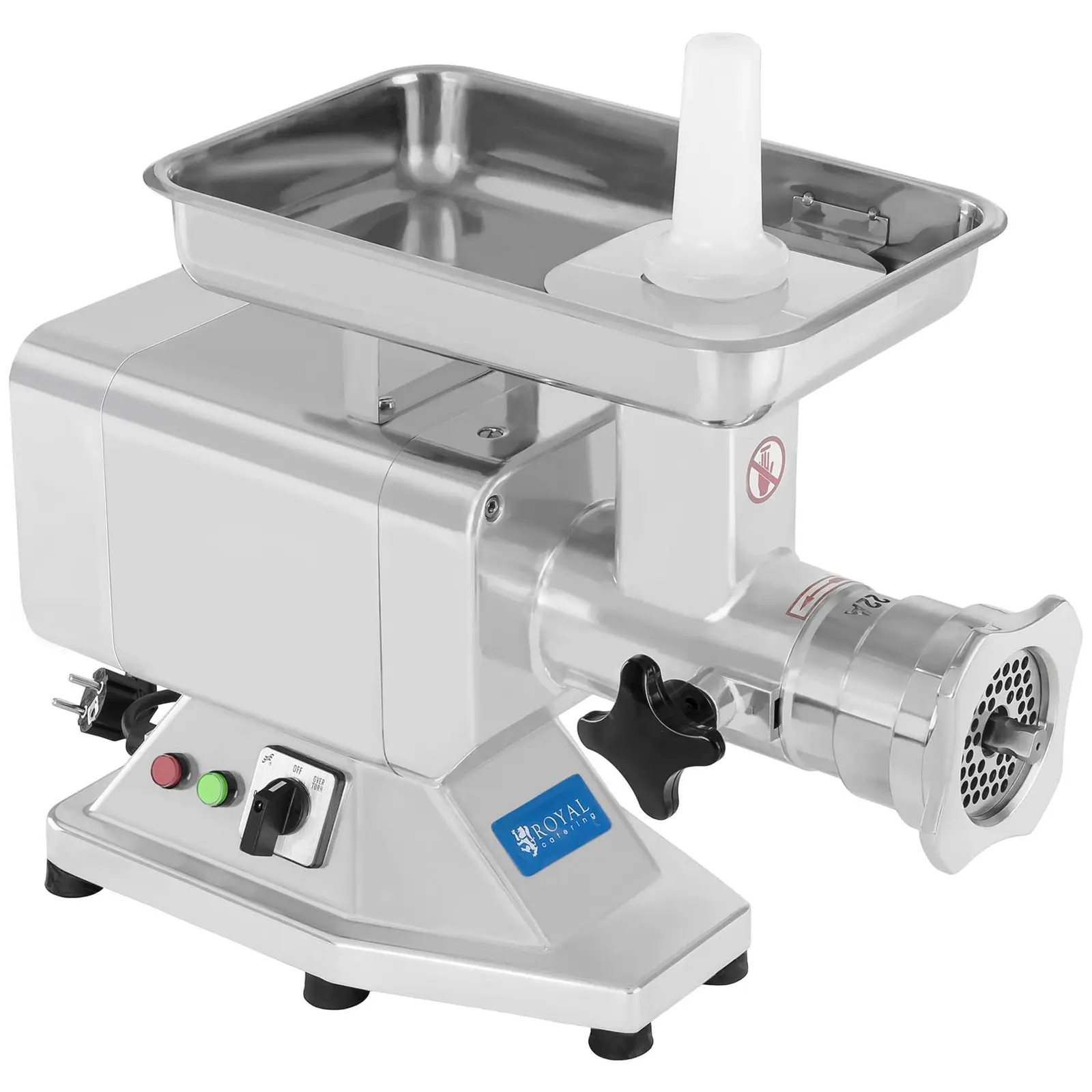
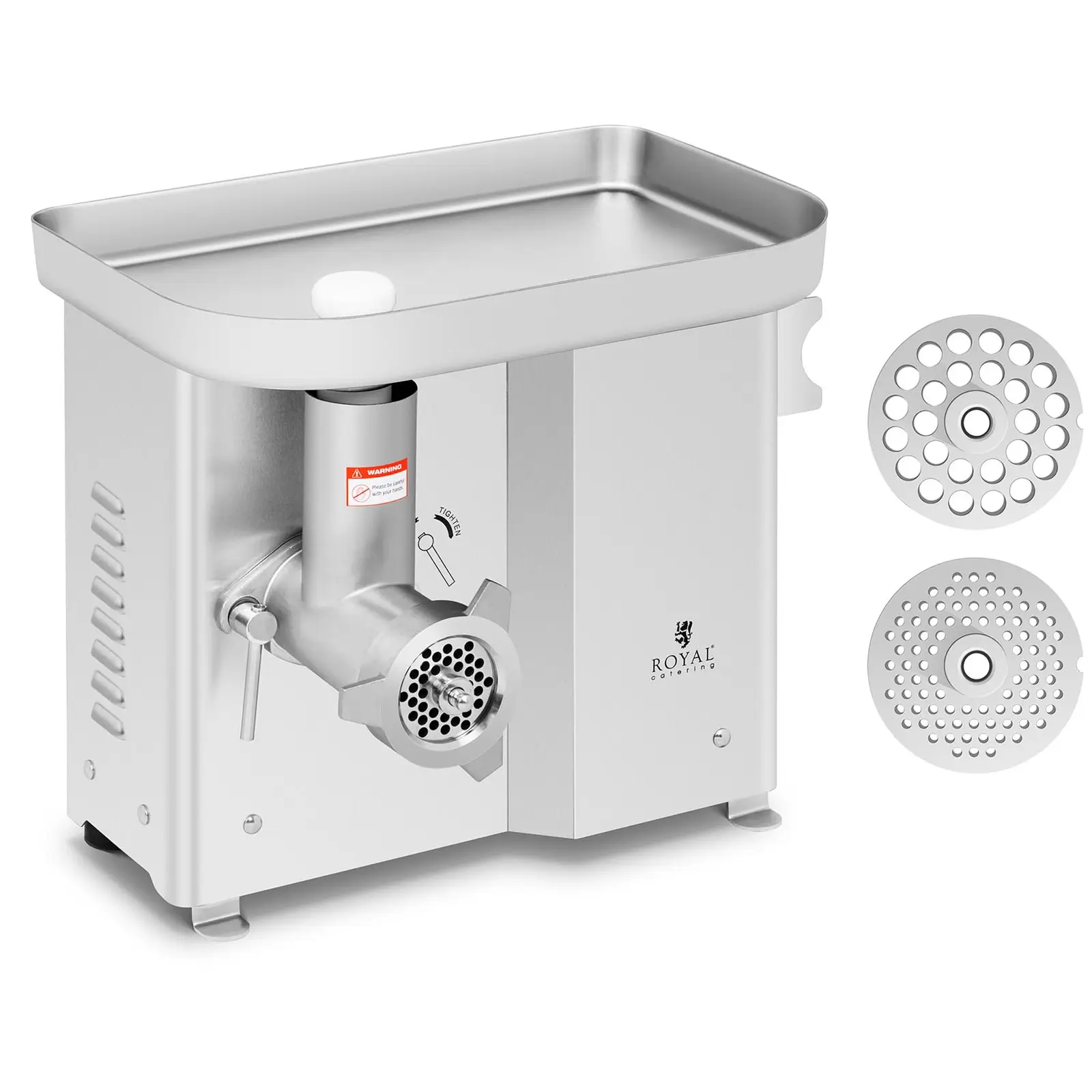
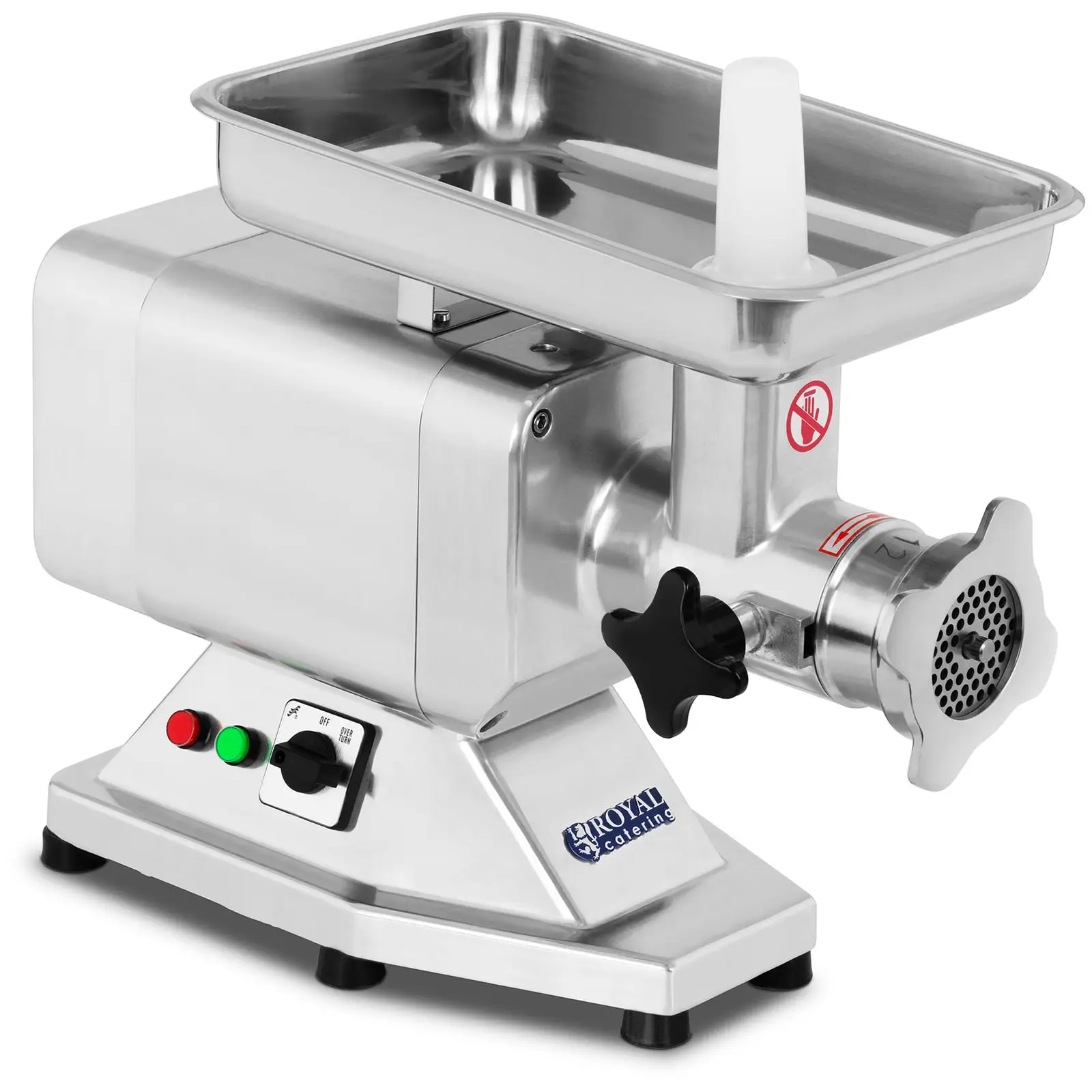
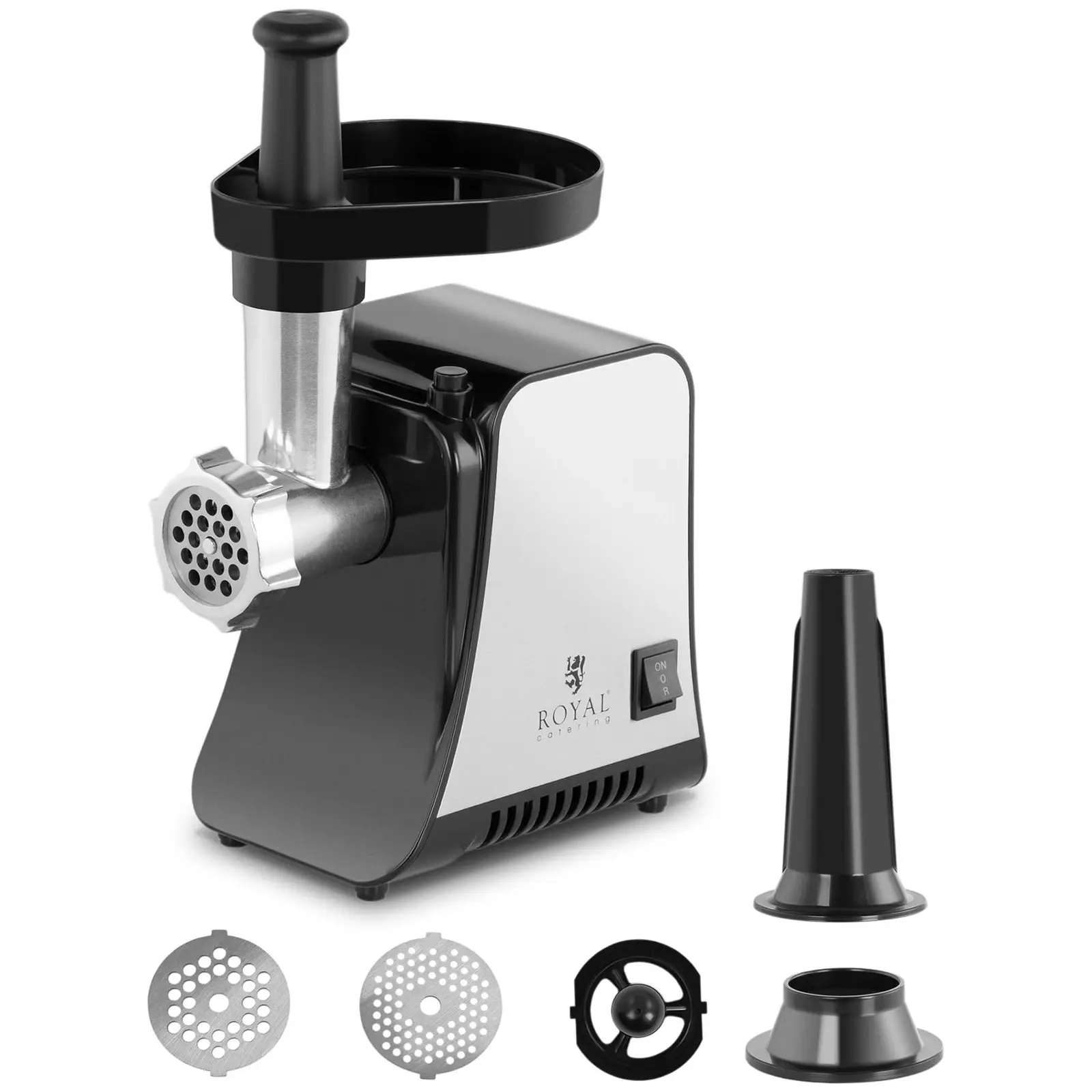
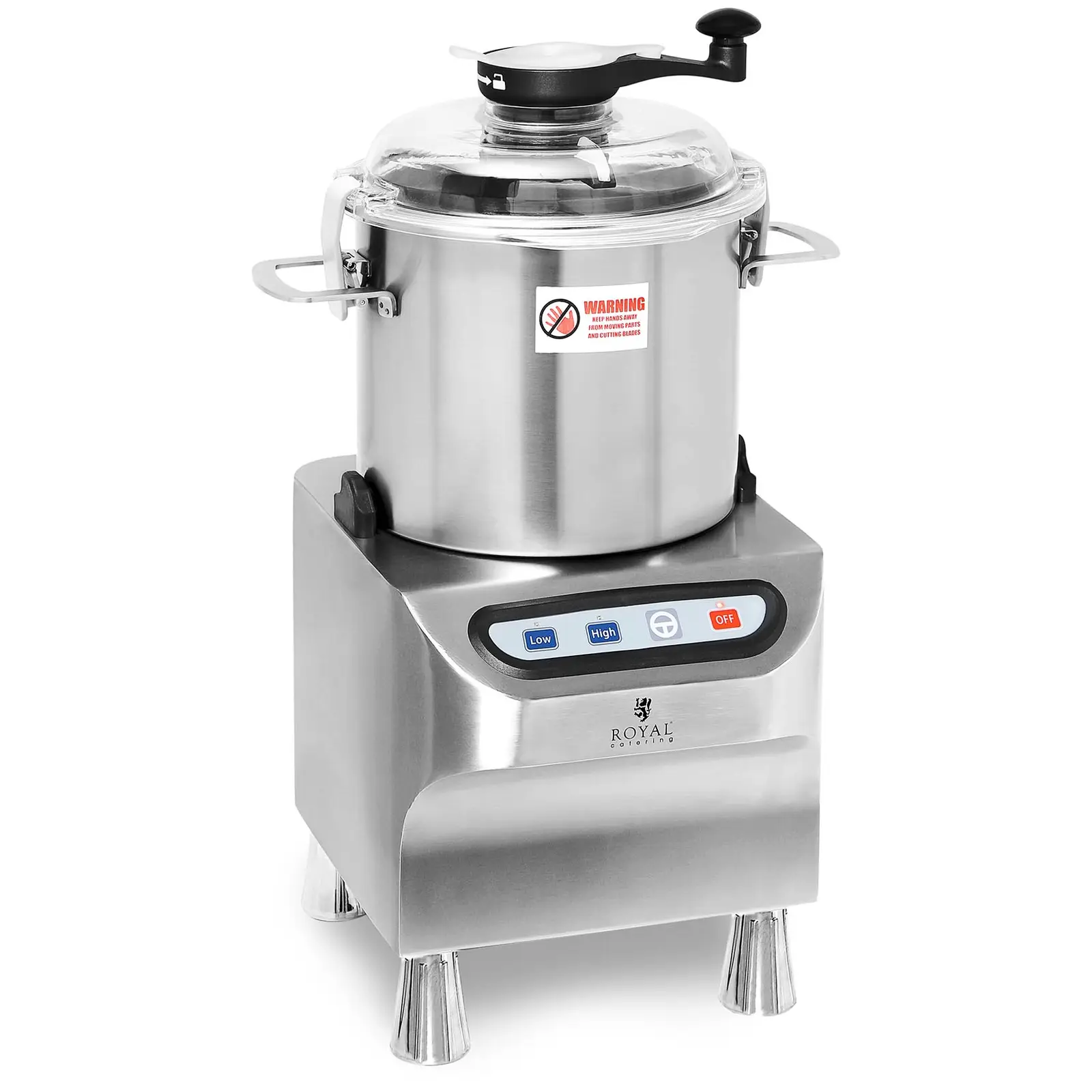

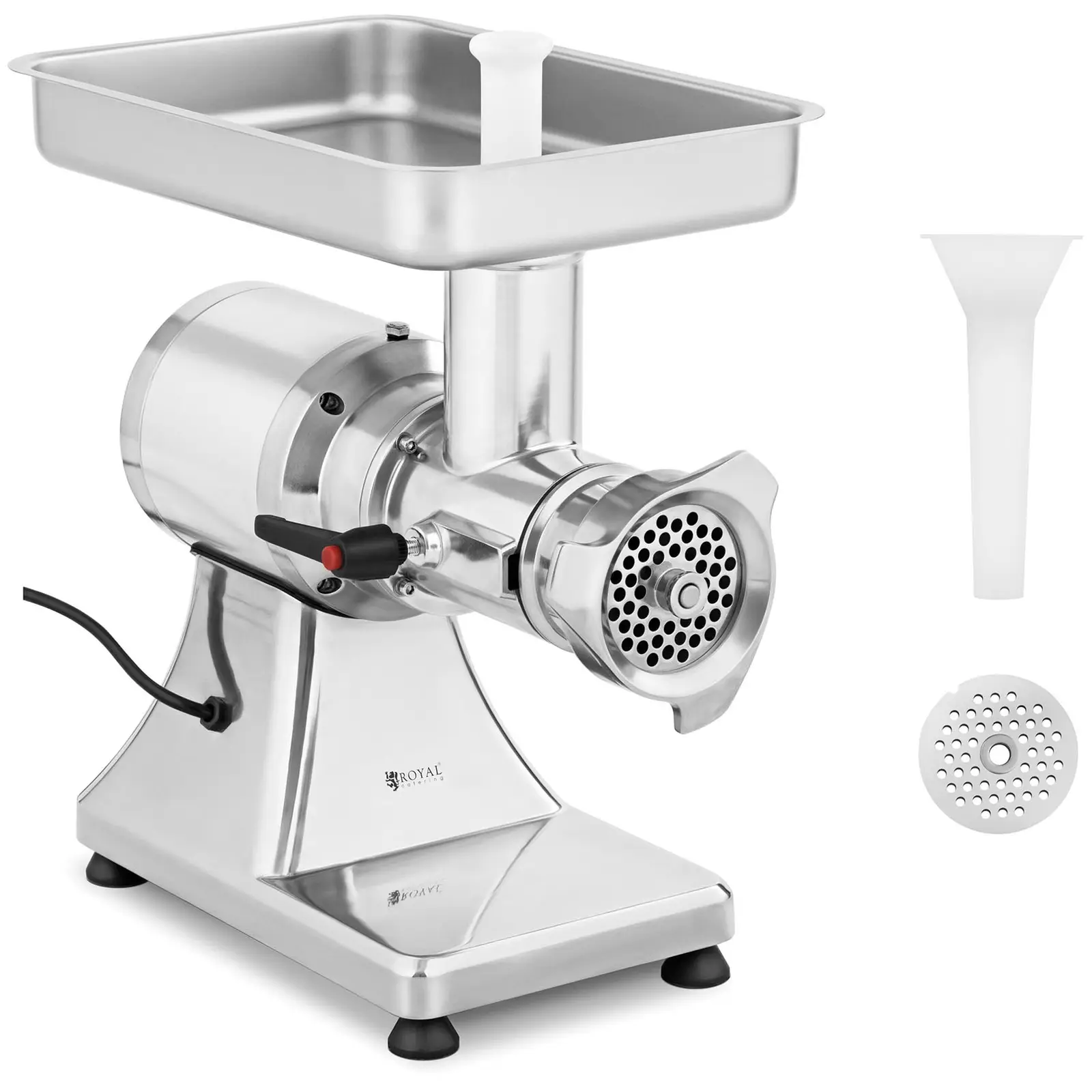

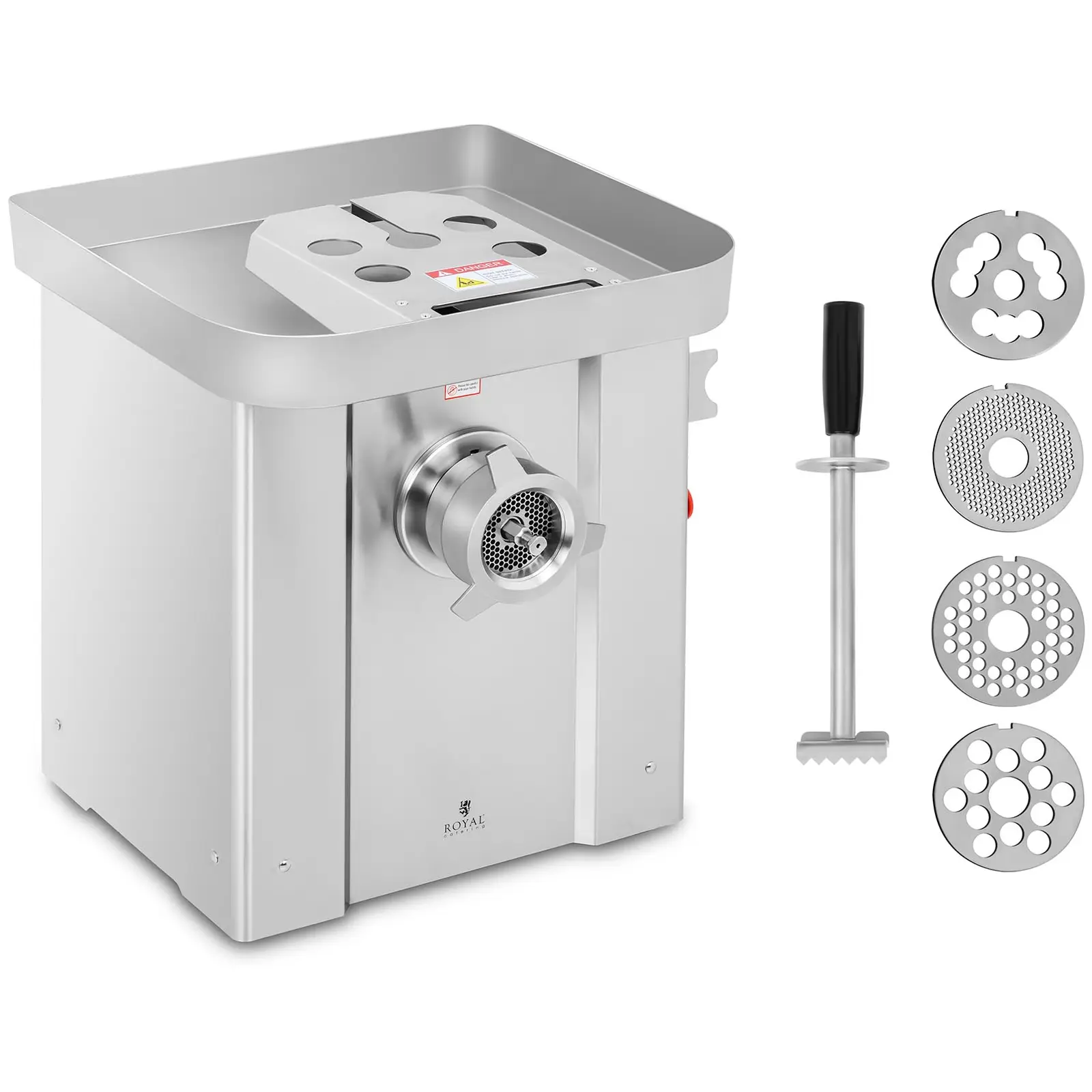



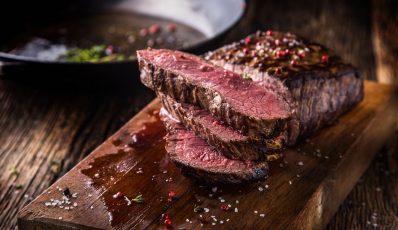


Share